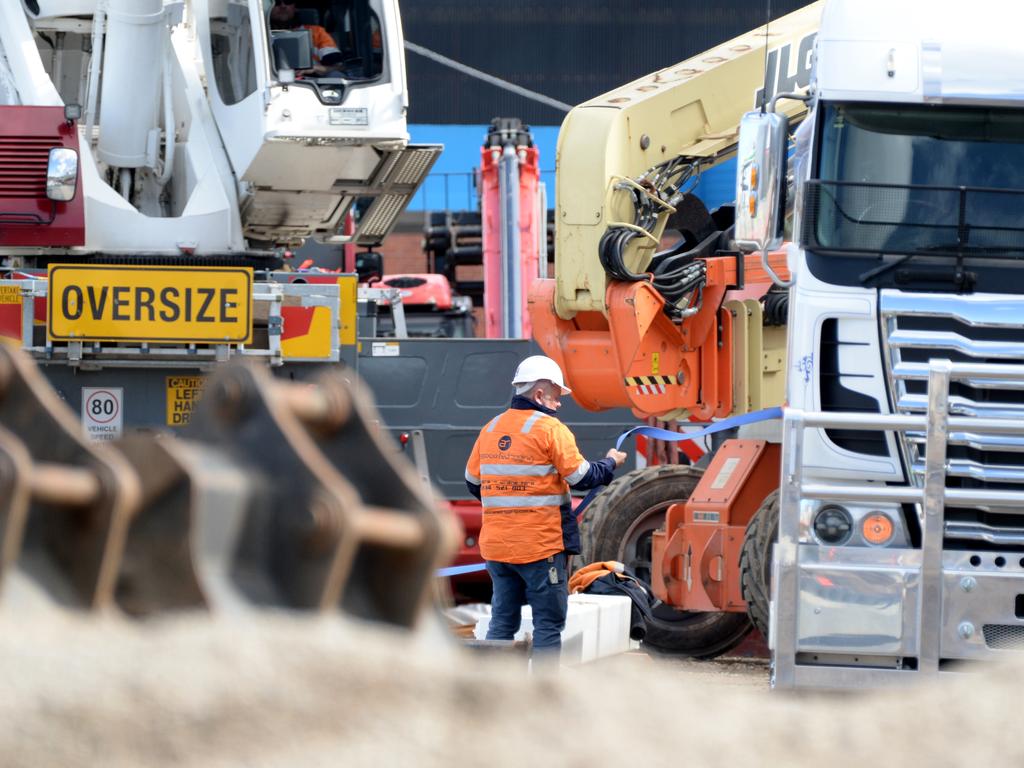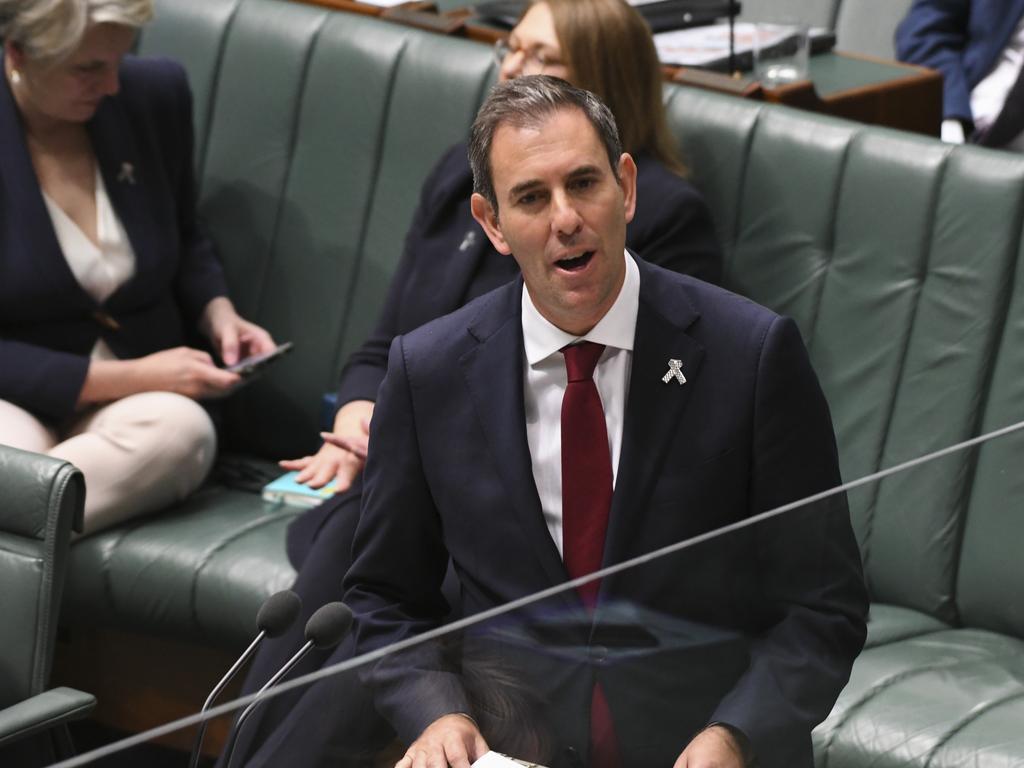Australia posts record-high jobs growth over six months, Treasury analysis shows
New analysis has revealed the Australian industries leading the employment boom as well as some other surprises.

Hiring sprees in the construction, retail and accommodation sectors have helped Australia eclipse previous employment records.
Treasury analysis of Australian Bureau of Statistics data has found the number of Australians in jobs grew by 234,000 or 1.7 per cent between May and November last year.
The construction industry led the way with an 8.4 per cent increase in workers after it hired 99,000 additional workers employed over the six-month period.
The number of employees in the retail trade and accommodation and food services sectors both climbed by 40,000, respective changes in size of 3.1 per cent and 4.4 per cent.
Treasury officials also compared Australia’s recent jobs growth figures with data from some of the world’s major advanced economies.
The analysis found Australia has had stronger employment growth than any of the seven advanced economies that form the G7 international forum such as the US and France.

Labor has lauded the figures, saying they reflect the strongest growth — both in terms of the number of jobs created and growth in employment — for the first six months of any government since before 1972.
Comparable data before 1966 is not available so it was not possible for Treasury to compare last year’s data to that from earlier governments.
Jim Chalmers said having more Australians in good jobs would help the nation bolster its defences against global economic challenges as the pandemic, worldwide inflation problem and war in Ukraine all continue.
“We’re realistic about the challenges ahead of us this year, but we’re optimistic about the future of our nation and our economy,” he said on Sunday.
Both sides of politics have been eager to talk up Australia’s ultra-low unemployment rate, which was at 3.4 per cent in November.

The jobless rate dropped even lower the Coalition had predicted before the federal election as it spruiked Australia’s “remarkable” post-pandemic recovery.
Former treasurer Josh Frydenberg’s final budget projected the unemployment rate would drop to 3.75 per cent by the end of 2022, which would have been its lowest figure in 50 years.
But extremely low unemployment isn’t entirely good news at the moment.
The very tight labour market has been one of the driving factors behind the Reserve Bank of Australia’s decision to rapidly lift interest rates over eight consecutive months.
The RBA has been watching changes in the labour market to help it measure how strongly the economy is performing as it hikes interest rates in a bid to cool the economy and rein in sky-high inflation.
Australia is expected to have ended 2022 with an unemployment rate once again below 4 per cent when the ABS releases its December labour force data on Thursday.
The central bank’s board will meet again to make its next decision on interest rates on February 7.



